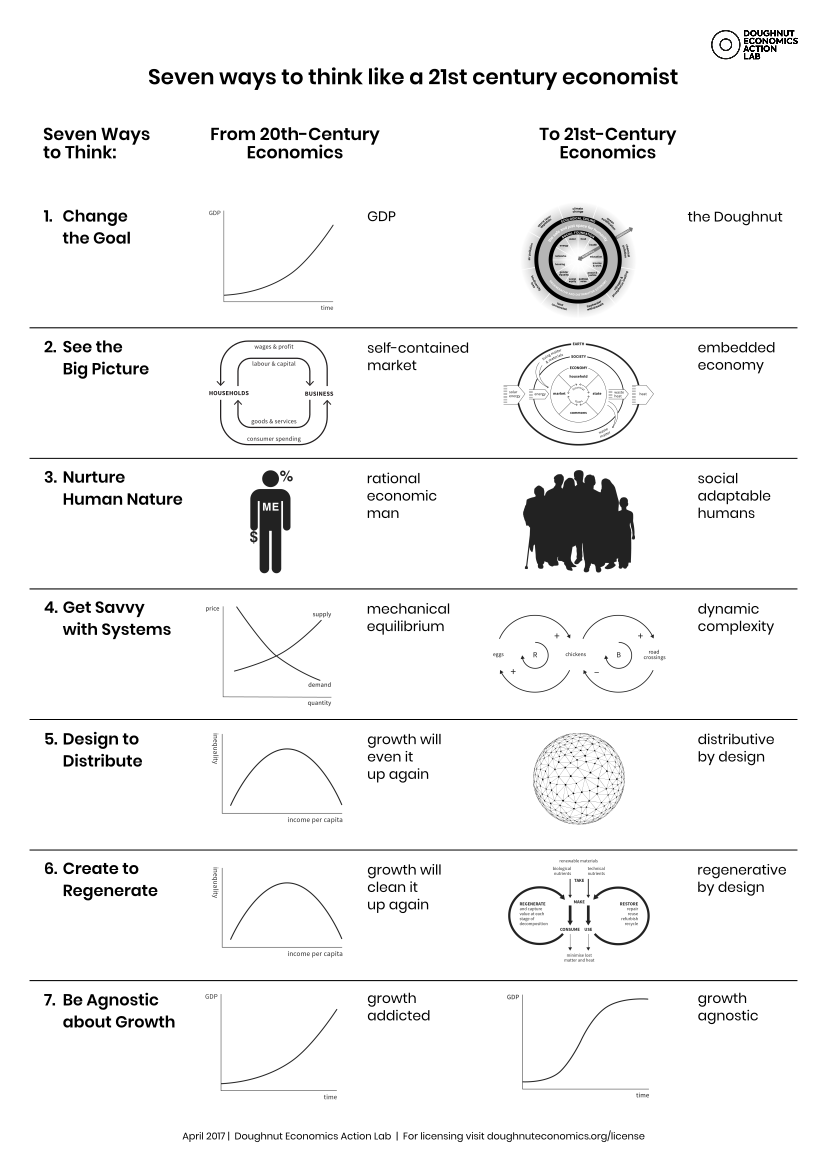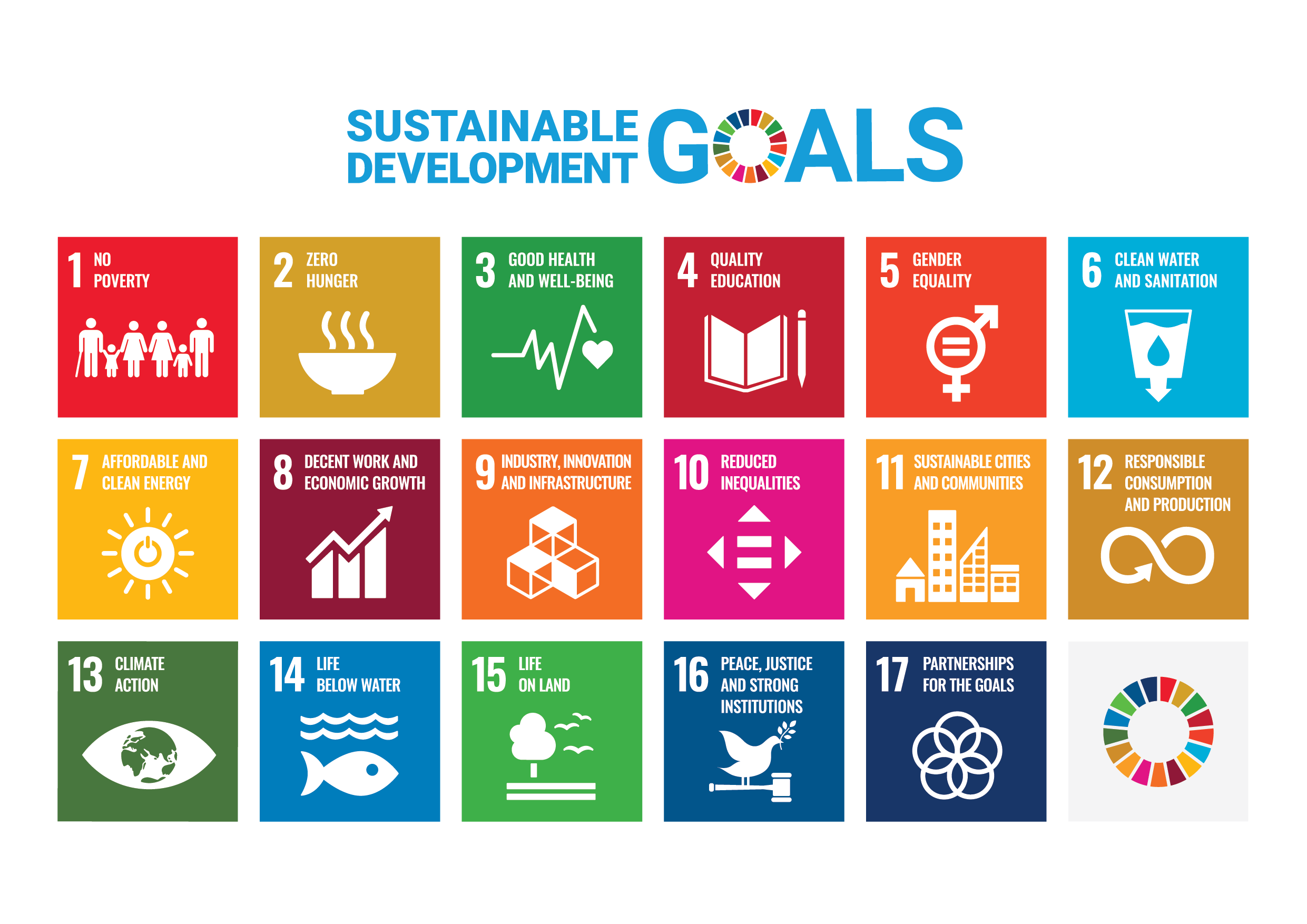3 Sustainability
3.1 Sustainability
Sustainability, sustainable development, and sustainable are terms that are invoked loosely throughout society in this day and age. At times, it seems like they can mean just about anything with regard to the environment. Organizations have sustainability plans related to environmental improvement and products are labeled as sustainable if they are considered somewhat better. The challenge is to be able to confirm these environmental benefits and compare them among similar products, process, and systems.
The core of these terms is “sustain” which according to the online Oxford Learning Dictionary means, among other things, - to provide enough of what someone or something needs in order to live or exist - to make something continue for some time without becoming less
Extending these definitions, sustainability can perhaps be better considered as the process by which something is sustained. Using less fossil fuels extends the supply of this resource so that it can continue to provide value to society in the future. At the same time, this reduction also reduces the amount of greenhouse gases and other atmospheric pollutants which help to maintain the earth’s climate stability and decreases health impacts like asthma, lung disease, etc. From an engineering perspective, we want to design, analyze, and measure sustainability metrics that matter to society.
Two key details required to use this definition in a practical sense are to also define (1) what is the thing that you want to sustain, and (2) for how long do you want to sustain it? These questions are not often considered carefully as sustainability is discussed. They are difficult questions to answer and different stakeholders will have different answers leading to different action and policies to meet preferences. Green engineering strives to provide accurate and quantitative data to help in these decisions.
3.2 The Doughnut Concept

Figure 3.1: A glazed donut with sprinkles. Image credit: D. Scott.
The doughnut framework, promoted by English economist Kate Raeworth, is a more detailed and scientific framework to consider Triple Bottom Line (TBL) issues. This framework describes how we can center sustainability around our human well-being. Kate Raeworth describes how our actions have pushed our planet boundaries beyond what we can sustain (overshoot), for which climate change and the resulting extreme weather are symptom we are experiencing now. These and other issues are shown beyond the outer edge of the donut which represents an overshoot of Earth’s ecological ceiling. The inside of this donut describes the basic needs and values we are not meeting (e.g., access to healthcare, food, and clean water), that is, shortfalls in our social foundation.

Figure 3.2: Image credit: Kate Raeworth, Doughnut Economics Action Lab,
Exercise: The mission of TED talks is to discover and spread ideas that spark imagination, embrace possibility and catalyze impact.
Take the opportunity to learn from Kate Raeworth’s Ted Talk in 2018. During this 15-minute video, reflect on the following:
1/ How can we meet the needs of all people for all people to thrive? Give an example of how current engineering practice ends up outside or insdde of the donut.
2/ Can you draw a picture / diagram of regenerative design?
3/ How does bending the arrow relate to Green Engineering and the Circular Economy?
3.3 The UN Sustainable Development Goals
The societal aspects of the TBL is also important for green engineering since a primary goal of engineering should include the improvement of the human condition. We cannot in this text explore all of the interactions between engineering and society, but United Nations Sustainable Development Goals shown in Figure 3.3 are a good introduction that will be referred to often in this course.
These 17 goals are the focus on the 2030 Agenda for Sustainable Development which was adopted by all United Nations Member States in 2015. This is a shared framework for peace and prosperity for people and the planet, now and into the future. These goals are an urgent call for action by all countries to end poverty with complementary strategies that improve health and education, reduce inequality, and spur economic growth – all while tackling climate change and working to preserve our oceans and forests. The goals are backed by specific targets as well as dates to gauge progress. Note that note all SDGs are solved by engineering solutions, but most of them have a connection to engineering whether direct or indirect.

Figure 3.3: The 2030 Agenda for Sustainable Development, adopted by all United Nations Member States in 2015, provides a shared blueprint for peace and prosperity for people and the planet, now and into the future. At its heart are the 17 Sustainable Development Goals (SDGs), which are an urgent call for action by all countries - developed and developing - in a global partnership. These goals recognize that ending poverty and other deprivations must go hand-in-hand with strategies that improve health and education, reduce inequality, and spur economic growth – all while tackling climate change and working to preserve our oceans and forests. Image credit: United Nations.